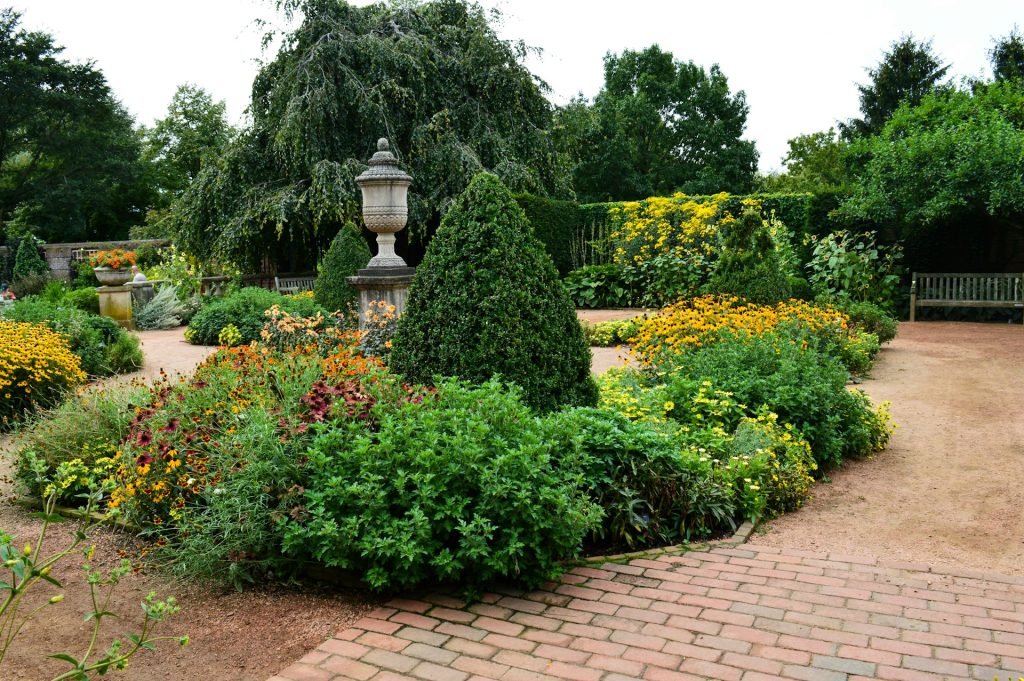Water conservation is an increasingly important concern for homeowners across the country, especially in areas prone to droughts or facing water restrictions. Developing a landscape that is not only beautiful but also water-efficient requires careful planning and the implementation of drought-tolerant landscaping techniques. At One Two Tree, our team understands the unique challenges posed by water scarcity, and we’re here to help you create a sustainable, low-maintenance, and visually appealing landscape that thrives even in the most arid conditions.
In this article, we will discuss the importance of drought-tolerant landscaping, the various water-saving techniques and methodologies employed by our experienced team at One Two Tree, and how we can help you design and implement the perfect drought-resistant landscape for your property. We will also provide insights into plant selection, irrigation systems, and landscaping materials to assist you in maintaining an eco-friendly and visually stunning outdoor environment that requires minimal water use. So, let’s dive into the world of drought-tolerant landscaping and discover how we can help you maintain a sustainable and thriving landscape even in the most challenging conditions.
1. Selecting Drought-Resistant Plants
Choosing the right plants is essential to the success of a drought-tolerant landscape. Here are some tips to help you select resilient plants that require minimal water and maintenance:
– Native Plants: Opt for native species that are naturally adapted to your local climate and have evolved to thrive in low-water conditions.
– Hardy Perennials: Choose drought-resistant perennials, such as succulents, lavender, or yucca, that can withstand dry spells and require less frequent watering.
– Grouping by Water Needs: To use water more efficiently, group plants with similar water needs together, allowing you to irrigate zones more effectively.
2. Implementing Efficient Irrigation Systems
A well-designed irrigation system can significantly reduce water waste while ensuring that your plants receive just the right amount of water. Consider the following water-saving irrigation options:
– Drip Irrigation: Installing a drip irrigation system can deliver water directly to plant roots, minimizing evaporation and runoff.
– Automatic Timers: Use automatic timers to schedule watering during cooler times of the day, like early morning or late evening, to reduce evaporation loss.
– Rain Sensors: Install rain sensors to prevent unnecessary watering when it rains, saving both water and money.
3. Utilizing Water-Saving Landscaping Materials
Incorporating water-saving landscaping materials is another crucial aspect of drought-tolerant landscaping. Here’s what you can do to minimize water usage in your outdoor space:
– Mulch: Apply a layer of organic or inorganic mulch to help retain soil moisture, suppress weed growth, and regulate soil temperatures, resulting in healthier plants and less water usage.
– Pervious Paving: Use permeable materials like gravel or pavers for walkways and patios to allow water to infiltrate the ground, reducing runoff and nurturing surrounding plant life.
– Artificial Turf: Consider installing artificial turf in areas where a traditional lawn may struggle, offering a low-maintenance, water-saving alternative.
4. Incorporating Sustainable Landscaping Practices
Employing sustainable landscaping practices can further enhance the effectiveness of your drought-tolerant landscape. We recommend the following strategies:
– Efficient Landscape Design: Design your landscape to capture and retain rainwater, directing it towards plant beds and away from paved areas, minimizing irrigation demands.
– Soil Amendment: Add compost or other organic matter to your soil to improve water retention, reduce erosion, and promote healthy plant growth.
– Proper Plant Spacing: Space plants appropriately to reduce competition for water and help regulate soil temperature, preventing moisture loss from evaporation.
Conclusion
Drought-tolerant landscaping offers myriad benefits for property owners in arid climates, including water conservation, low-maintenance care, and striking visual appeal. The landscaping experts at One Two Tree are committed to helping you achieve your water conservation goals while also enhancing the beauty and functionality of your outdoor space. By implementing water-saving irrigation systems, selecting drought-resistant plants, and utilizing sustainable landscaping materials and practices, you can create a stunning outdoor environment that thrives even in challenging conditions.
If you’re ready to transform your landscape into an eco-friendly masterpiece, our team at One Two Tree is here to help. With our extensive expertise in drought-tolerant landscaping techniques and an unwavering commitment to customer satisfaction, we’ll collaborate with you to design and install a stunning, sustainable outdoor space that enhances your property’s visual appeal and functionality. Do not hesitate to get in touch with us today, and together, let’s embark on your water-saving landscaping in Marietta.

